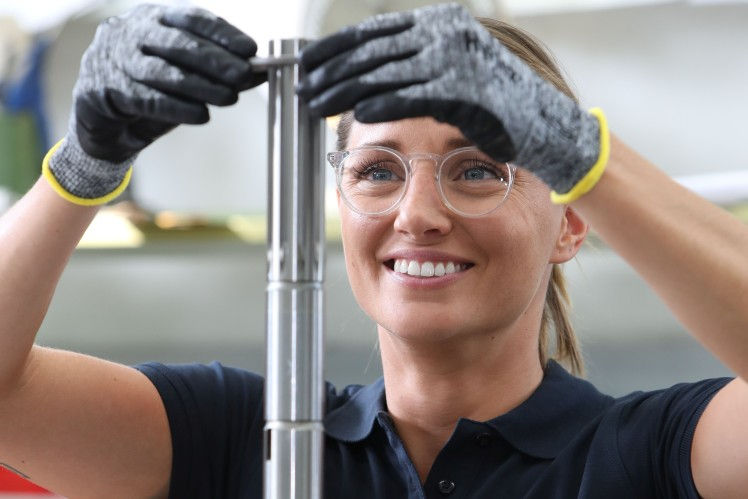ZF reproduces its Historic S5-325 Sports Transmission for the Aston Martin DB5 James Bond Car
- Thomas Fone
- Sep 24, 2021
- 2 min read
Technology today is moving so fast we often forget about the automotive engineering of the past. Since the 1950s, UK Luxury sports car manufacturer Aston Martin has been a customer of ZF. Back in the 50s, ZF produced the manual 5-speed S5-325 sports transmission for the DB5. On behalf of Aston Martin Lagonda, ZF Tradition has reproduced the transmission after almost 60 years – for the remarkable reproduction of 25 true-to-original "Goldfinger" DB5 with the unique James Bond gadgets. The vehicles were manufactured after pre-orders from collectors and for charity.

Almost everyone has seen the scene of Sean Conroy playing 007 sat behind the wheel of his silver Aston Martin DB5. Aston Martin Lagonda commissioned ZF to reproduce the historic S5-325 sports transmission for the exclusive, authentic reproduction of the film car. All 280 individual parts were manufactured with the latest production technologies. The gearshift dome was manufactured by 3D printing at the ZF plant in Pilsen. The shift lever was modified as a unique film gadget: A two-millimetre hole was drilled through the shift lever to accommodate a cable for simulating the ejection seat. In addition, the shift knob features a flap that can be opened with a pushbutton underneath.

The S5-325 was very popular among sports drivers, countless super sports cars included the system. Since all five forward gears are lock-synchronised, even inexperienced drivers can perform quick, safe and silent gear changes without double-clutching when shifting up a gear. In addition, up to 400 Newton metres of permissible torque can be achieved, depending on the ratio.
The ZF-Synchroma transmission has five forward gears and one reverse gear; the ZF lock synchroniser is installed in all forward gears. Only the reverse gear comes with sliding gear engagement. The gear pairs of the forward gears are constantly in the mesh. While one gear of each speed is fastened firmly on its shaft piece, the roller-bearing mating gear can turn freely. It is coupled to its shaft during the shifting process by shifting a dog clutch sliding sleeve, so the power flow is routed via the corresponding gear pair.

The dog sleeves are secured against jumping out. In reverse gear, the direction of rotation of the output is changed by the intermediate shifting of the reverse idler gear. Locking mechanisms ensure that only one gear can be engaged at a time. Thus, it is possible to connect the speedometer. The gears and shafts are alloyed stainless steel and are case-hardened; they run on strong rolling bearings. Helical toothed gears, ground tooth flanks and high precision during production ensure quiet transmissions.
Comments